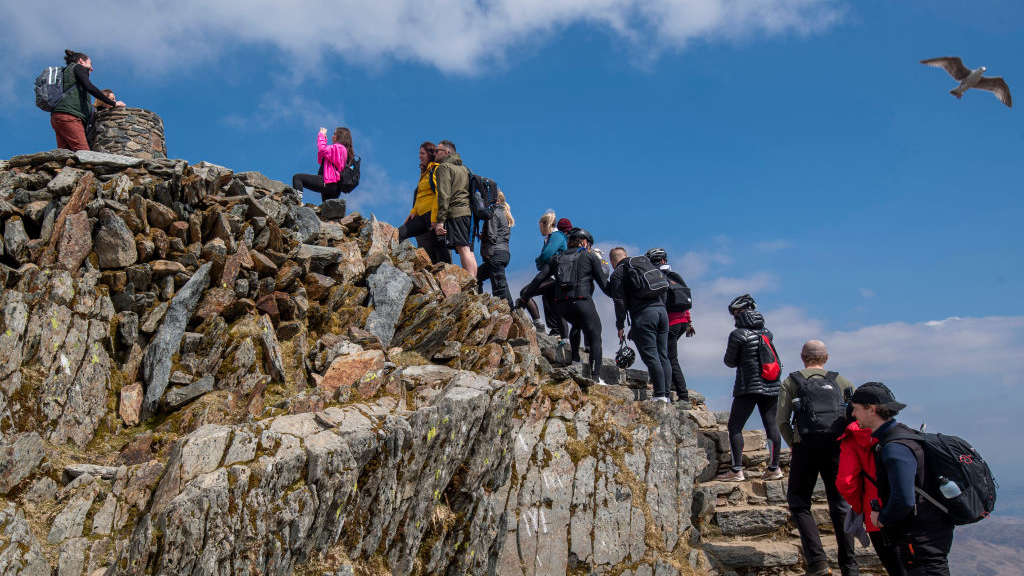A guide to climbing rating systems across the world
Our expert guide to climbing rating systems will help you compare trad to sport, America to Europe, bouldering, scrambling, dry tooling and everything in between
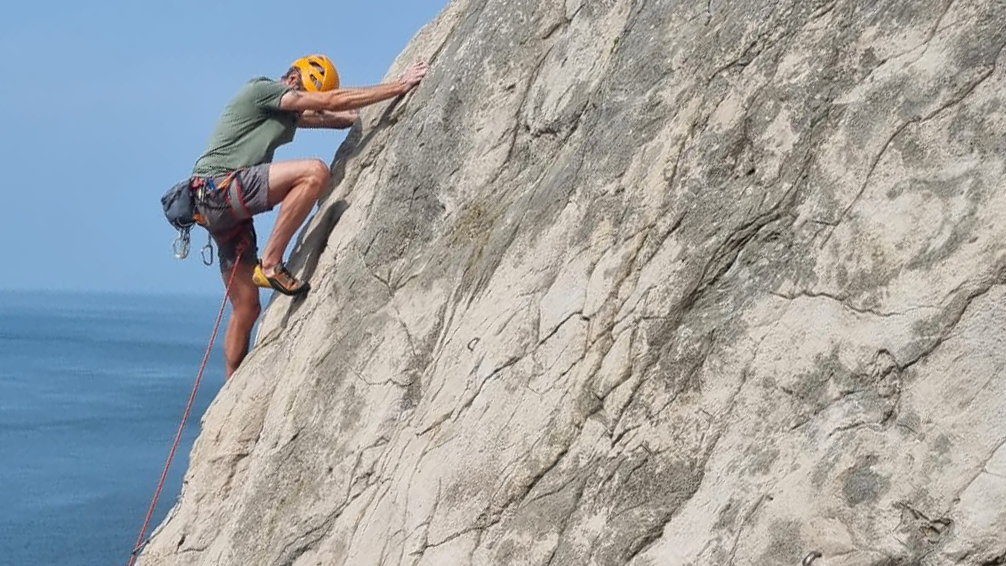
When you're eying up a climb, assuming it's a line that's been done before, first and foremost it's worth knowing a couple of things. One: is the climb actually any good? Routes are usually given some form of star rating that tells you the quality of the climbing and the awesomeness of the situations you'll find yourself in.
Two: How difficult is getting up the thing? This is pretty essential knowledge whether you're a beginner or you're an elite climber looking to repeat the feats of the greats. However, with so many different kinds of climbing and a range of grading systems, understanding exactly what something like a 6A+ (5.10b) actually means in practice can be quite a challenge.
Well, never fear, we've asked one of out mountaineering experts to explain the myriad climbing rating systems, comparing across disciplines and delving into the specifics behind each one.
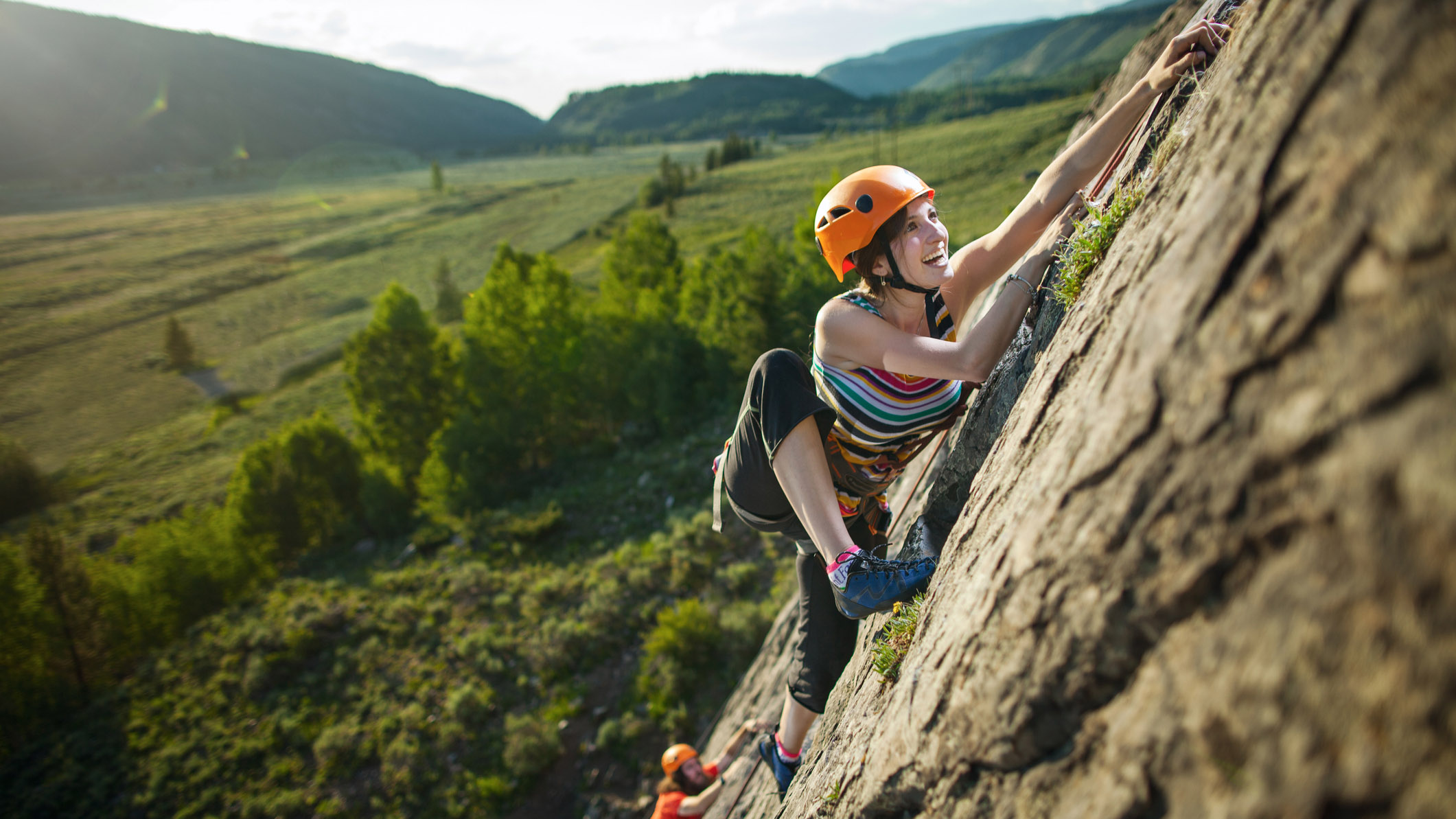
Let’s leave winter to one side, because that’s a whole other can of frozen worms. As are grades that describe lengthy mountaineering routes, such as alpine expeditions. In this feature, we’re going to focus on traditional approaches to rock climbing, bouldering, scrambling and dry tooling, explaining and comparing the different grading systems. We’ve included approximate conversion tables, allowing you to compare across different regions and disciplines. However, here comes a stark word of warning for those just starting to train for climbing…
A guide to climbing ratings is never going to be black and white, as is the nature of climbing grades. Any given grade is subjective and doesn’t reveal the breadth of challenges a climb entails. Some climbs at sea level might be short but spicy, earning the same grade as a longer, multi-pitch route up in the mountains that's less technical but is difficult in other ways. Add to this the fact that a climb can increase in difficulty due to changes over time, such as weathering or the polishing effect of countless climbing shoes, and you begin to see it’s an imperfect picture.
The quality rating
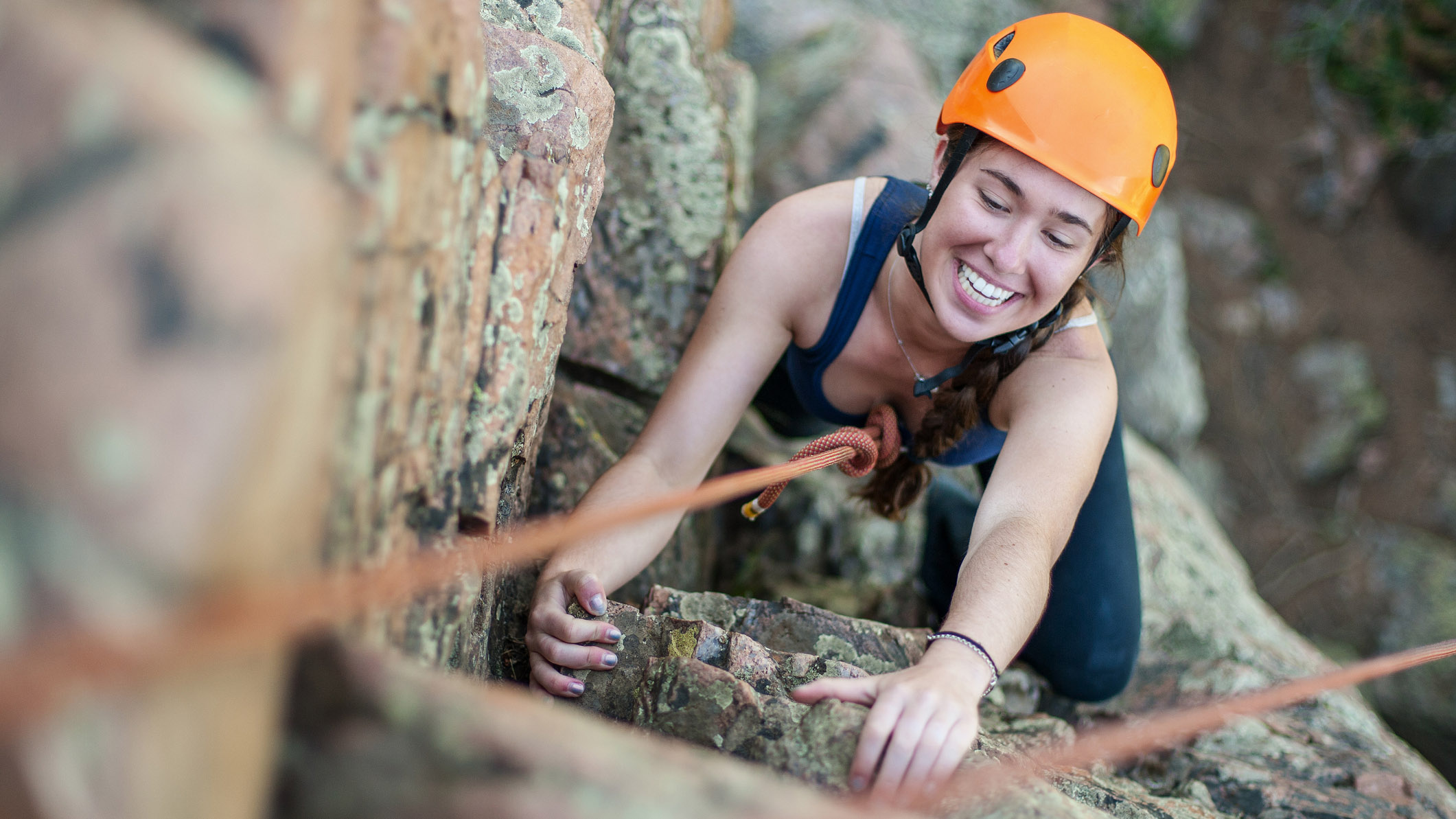
This is the easiest aspect of climbing ratings, so let’s deal with it first. A climb is usually given a rating that describes its quality. This could be down to the quality of the rock, the drama of the surroundings or the elegance of the line taken and, like any review, is purely subjective.
The format of ratings differ from guidebook to guidebook and place to place. They may be star ratings, scores out of five or whatever. It’s important to stress that highly-rated routes might also be therefore the most popular, which might mean a queue at the bottom. As well as this, such routes are prone to the polishing effect described earlier, resulting in increased difficulty due to smoother rock.
Advnture Newsletter
All the latest inspiration, tips and guides to help you plan your next Advnture!
Standard climbing grades compared
Below is an approximate comparison between the grading systems used in Europe and the US. As mentioned, any comparison between different grading systems is rough, with differences between different disciplines further complicating the picture.
British trad grade | British technical grade | French sport grade | UIAA (alpine) grade | US grade |
|---|---|---|---|---|
Moderate (Mod) | Row 0 - Cell 1 | 1 | I / II | 5.1 / 5.2 |
Difficult (Diff) | Row 1 - Cell 1 | 1 / 2 / 2+ | II / III | 5.2 / 5.3 |
Very Difficult (VDiff) | Row 2 - Cell 1 | 2 / 2+ / 3- | III / III+ | 5.2 / 5.3 / 5.4 |
Hard Very Difficult (HVD) | Row 3 - Cell 1 | 2+ / 3- / 3 / 3+ | III+ / IV / IV+ | 5.4 / 5.5 / 5.6 |
Mild Severe | Row 4 - Cell 1 | 3- / 3 / 3+ | IV / IV+ | 5.5 / 5.6 |
Severe (Sev) | Row 5 - Cell 1 | 3 / 3+ / 4 | IV / IV+ / V- | 5.5 / 5.6 / 5.7 |
Hard Severe (HS) | Row 6 - Cell 1 | 3 / 3+ / 4 / 4+ | IV+ / V- / V | 5.6 / 5.7 |
Mild Very Severe | 4a / 4b / 4c | 3+ / 4 / 4+ | IV+ / V- / V | 5.6 / 5.7 |
Very Severe (VS) | 4a / 4b / 4c | 4 / 4+ / 5 | V- / V / V+ | 5.7 / 5.8 |
Hard Very Severe (HVS) | 4c / 5a / 5b | 4+ / 5 / 5+ / 6a | V+ / VI- / VI | 5.8 / 5.9 |
E1 | 5a / 5b / 5c | 5+ / 6a / 6a+ | VI / VI+ | 5.9 / 5.10a |
E2 | 5b / 5c / 6a | 6a+ / 6b / 6b+ | VI+ / VII- / VII | 5.10b / 5.10c |
E3 | 5c / 6a | 6b / 6b+ / 6c | VII / VII + | 5.10d / 5.11a / 5.11b |
E4 | 6a / 6b | 6c / 6c+ / 7a | VII+ / VIII- / VIII | 5.11b / 5.11c / 5.11d |
E5 | 6a / 6b / 6c | 7a / 7a+ / 7b | VIII / VIII+ / IX- | 5.11d / 5.12a / 5.12b |
E6 | 6b / 6c | 7b / 7b+ / 7c / 7c+ | IX- / IX / IX+ | 5.12b / 5.12c / 5.12d / 5.13a |
E7 | 6c / 7a | 7c+ / 8a / 8a+ | IX+ / X- / X | 5.13a / 5.13b / 5.13c |
E8 | 6c / 7a | 8a+ / 8b / 8b+ | X / X+ | 5.13c / 5.13d / 5.14a |
E9 | 7a / 7b | 8b+ / 8c / 8c+ | X+ / XI- | 5.14a / 5.14b / 5.14c |
E10 | 7a / 7b | 8c+ / 9a / 9a+ | XI / XI+ | 5.14c / 5.14d / 5.15a |
Meet the expert
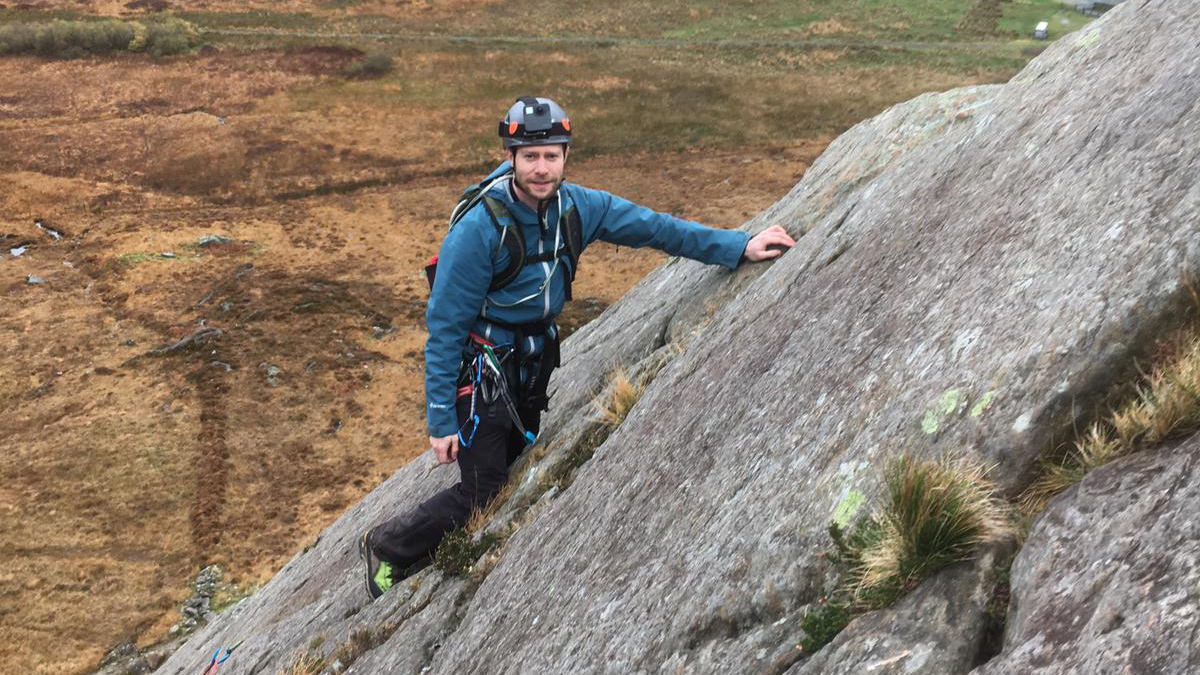
Former President of the London Mountaineering Club, Alex is passionate about exciting outdoor pursuits. He enjoys all forms of climbing, whether trad, sport, scrambling, alpine mountaineering or taking on snow-covered peaks in winter.
The US Yosemite Decimal System
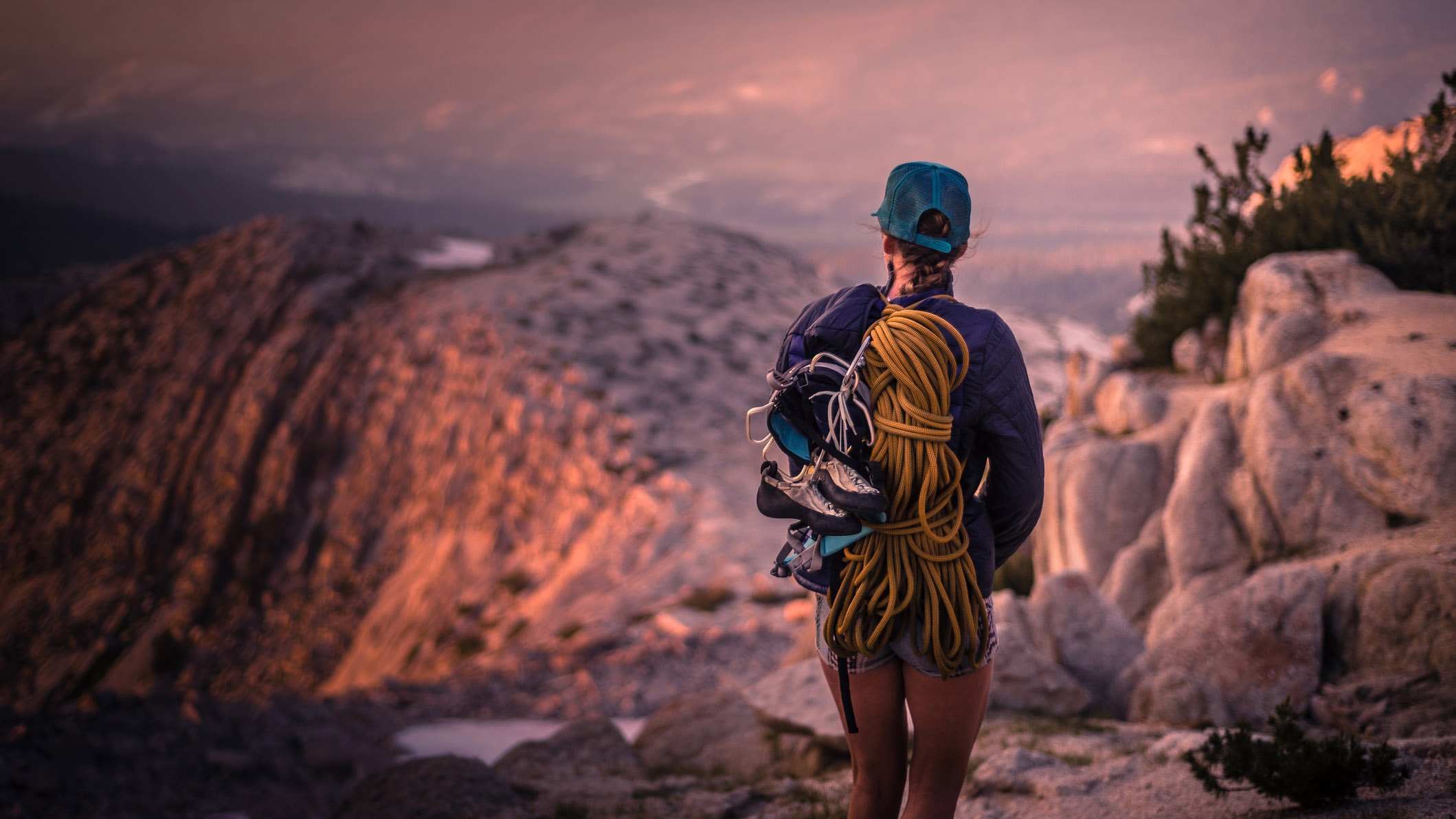
Right across the American continent, the system commonly used by walkers, scramblers and climbers in the Yosemite Decimal System. At its simplest level, the scale goes from 1 to 5, with 1 being a nice, easy stroll in your best hiking shoes and 5 being a technical rock climb where you require ropes and climbing equipment.
For the purposes of standard climbing routes, we are only interested in 5 and above, so here’s where the ‘decimal’ comes in. 5.1 equates to an easy rock climb, 5.2 a little harder and so on. When talking about routes, climbers often drop the ‘5’ from the start of a grade in the same way we drop ‘www-dot’ from the start of websites. As all climbs are ‘5s’, it becomes superfluous and tiresome to have to say ‘5’ for every route.
Once we get to 5.10 (or a 10, as it may be), the scale is broken down further into a, b, c and d to fully capture the nuances of the increases in difficulty. The level of danger on a route is often indicated by an additional rating, which is somewhat similar to film ratings. ‘PG’ stands for parental guidance, so there’s some danger; ‘R’ stands for restricted, meaning there’s the potential for serious injury; R/X means a fall could be fatal; and ‘X’ indicates a fall would likely be fatal.
British trad and European sport grades
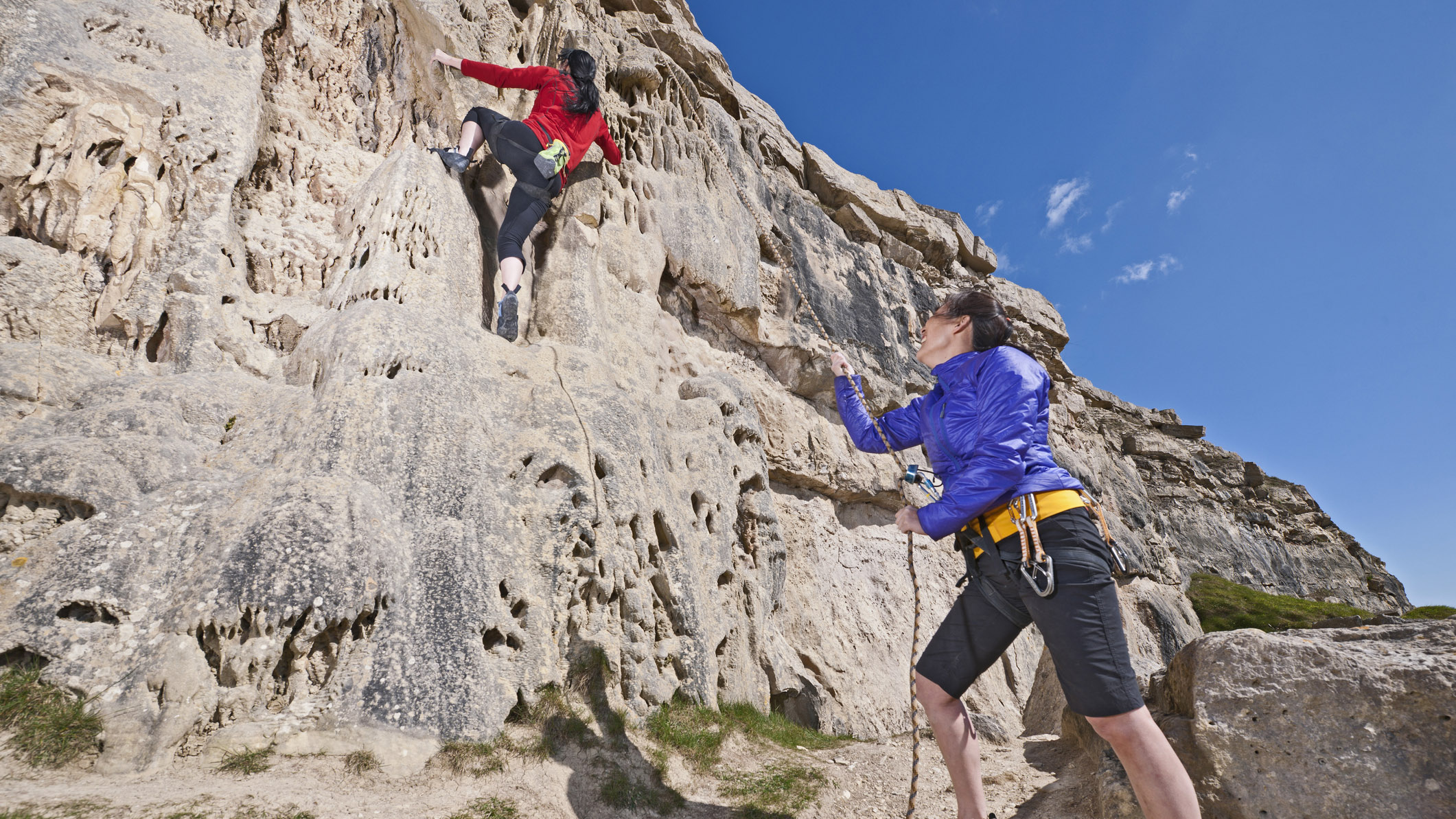
The two main grading systems in the UK are the British Traditional Grading system, used for trad climbing and the French grading system, which is used for sport climbs. Trad climbing is the approach where climbers place their own protective gear while on the crag. Due to this, there are more challenges to consider than on sport climbing routes, where bolts or other protection already exist and the route up the wall is more obvious.
In terms of trad climbing, an abbreviated word or phrase – the climb’s trad grade – describes how taxing you can expect things to be. The trad grade goes from ‘Moderate’ or ‘Mod’ (the easiest) up to ‘Hard Very Severe’ or ‘HVS’, after which the scale switches to ascending numbers that follow the letter E, so E1, E2, E3 and so on. However, beyond ‘hard severe’ or ‘HS’, the trad grade is accompanied by the technical grade, which consists of a number followed by a letter, such as 4b. Still with us? Good. The technical grade refers to the hardest move on the route.
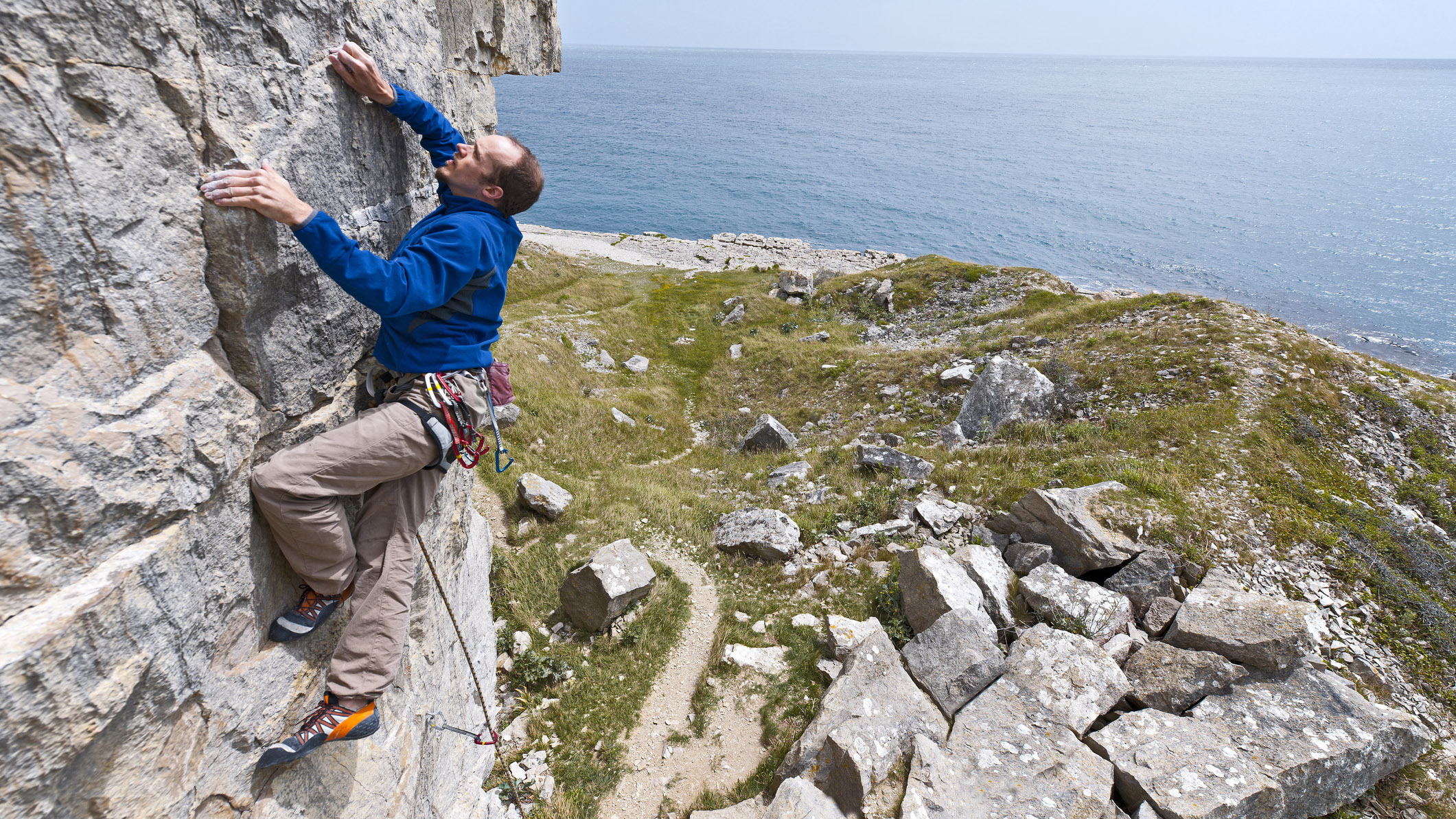
Together with the trad grade, the technical grade helps to describe the character of the climb. For example, a HVS 5b is probably generally easier than a HVS 4c but contains one or more moves that are tricker (hence 5b compared to 4c) when taken in isolation. The fact that the HVS 4c still has the same trad grade as the HVS 5b must mean that, although it’s toughest move is a 4c, it must have other difficulties, such as a lack of places to place protection.
Confusingly, the British technical grade system used for trad climbing looks very similar to the French grading system, which is used for sport climbing in much of Europe, including Britain. However, the two systems are not interchangeable. The French grading system goes up numerically in terms of challenge, with subtle increases indicated by a plus or minus sign. The level of difficulty is further broken down once you reach level 6, where our old friends a, b and c get rolled out too. So, in terms of increasing challenge, you’d go: 6a, 6a+, 6b, 6b+ and so on.
The UIAA grading system
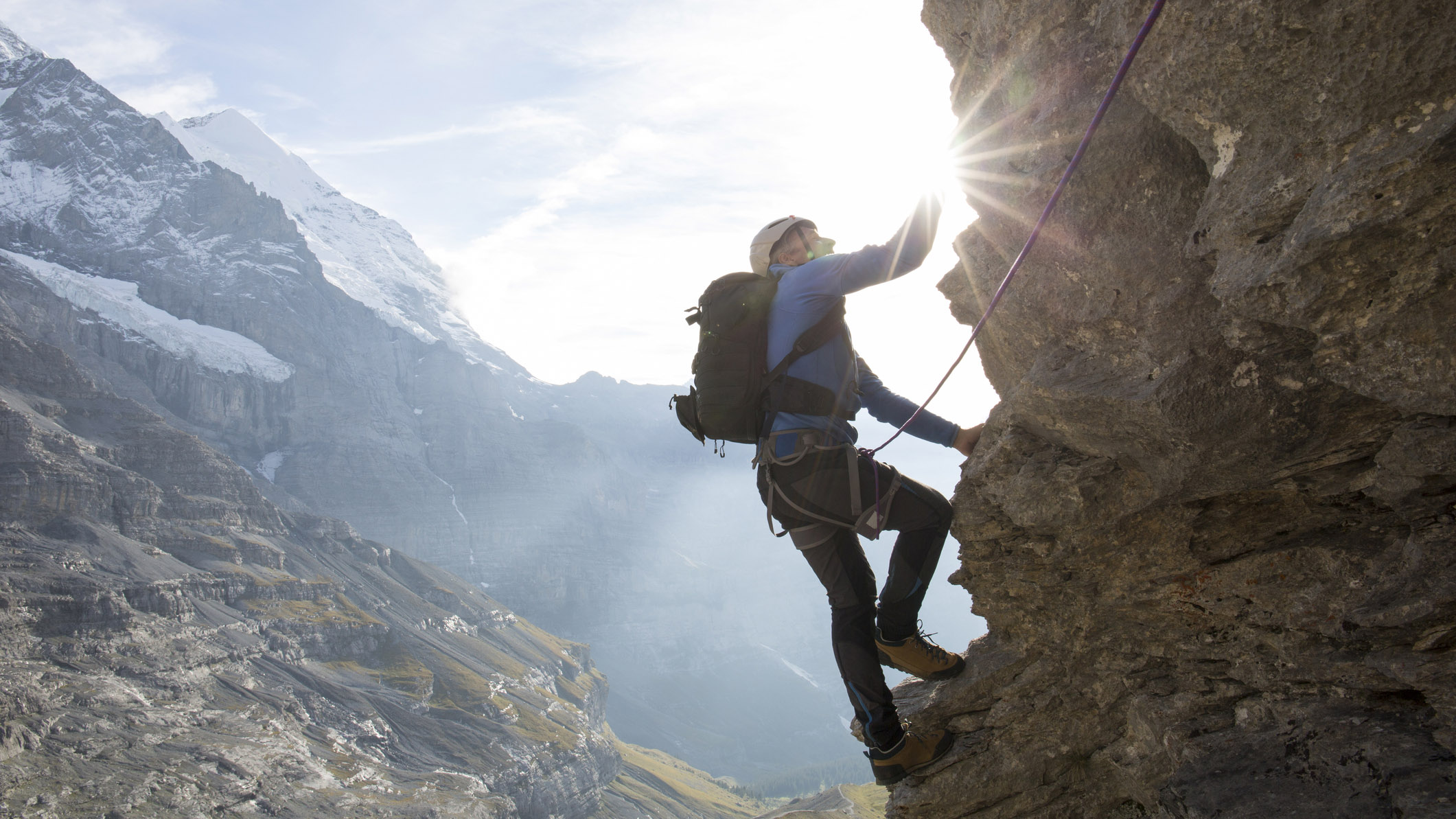
Similar to the French grading system is the International Climbing and Mountaineering Federation or UIAA grading system, which is used primarily in Germany and other nations in Eastern Europe to describe (usually bolted) rock climbing routes. The grade is indicated by a Roman numeral that ascends as the difficulties increase. Once again, subtleties in the level of challenge are indicated by a plus or minus sign.
Bouldering grades
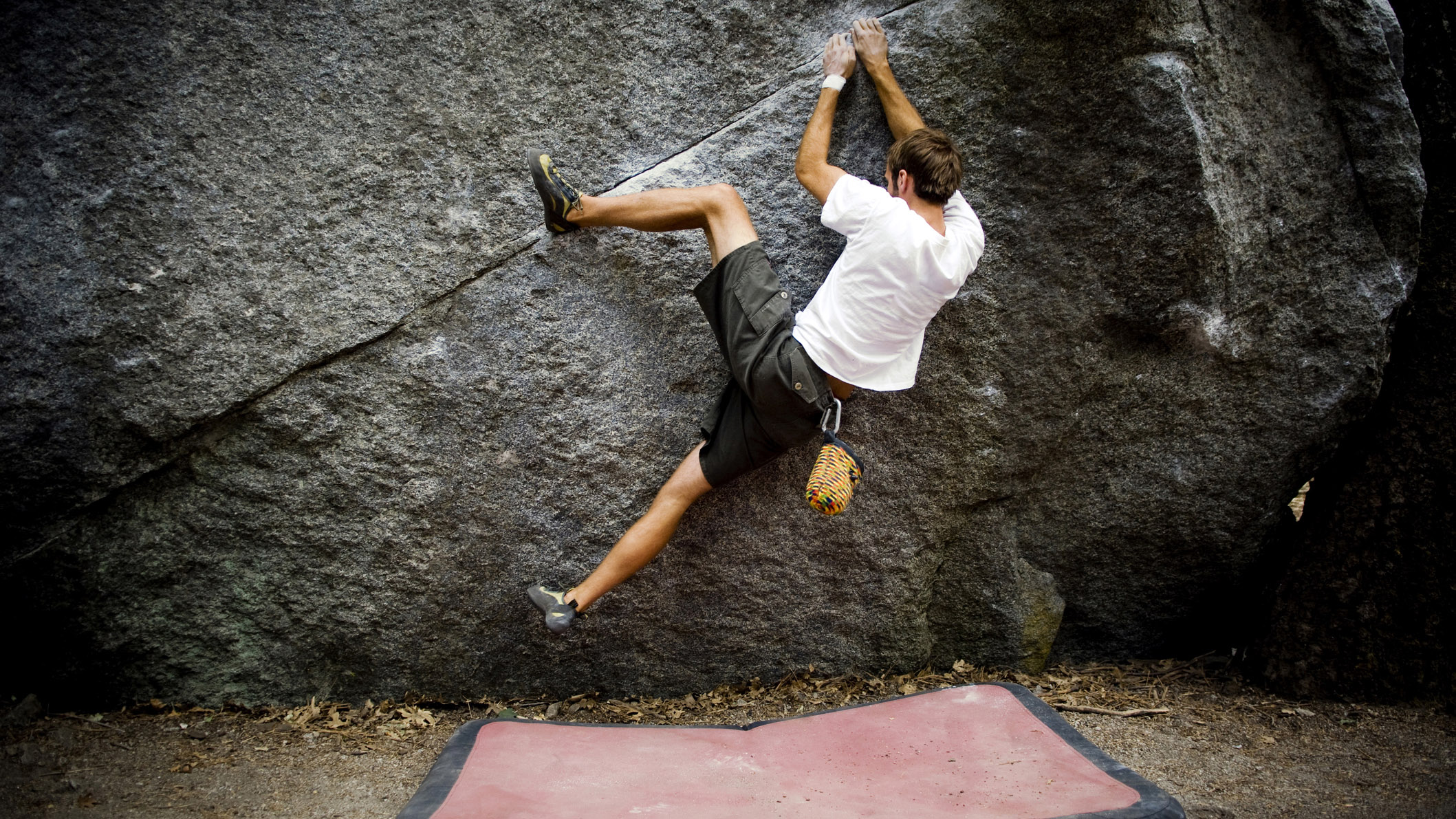
There are two main scales used to describe the difficulty of bouldering routes, the American V Scale, which is widely used in the UK too, and the French Fontainebleau system. The ‘V’ in V Scale stands for “Verm” or “Vermin”, which was the nickname of the pioneering John Sherman, who – along with his buddies – started to categorise boulder problems in Texas during the late 1980s.
The V Scale is open-ended, starting at V0 and with no limit to how high the scale can go as boulderers continue to push the pursuit forward. Currently, V17 is the hardest boulder problem that has been solved. As an idea of how difficult this is, at a standard climbing wall, the problems usually go up to about a V10. A plus or minus sign can also be added to the grade to indicate subtle differences.
The Fontainebleau Scale, often referred to as ‘the Font Scale’, ascends in a similar way to the V Scale, until you hit Font 6, when our old friends a, b and c, and the plus and minus signs are wheeled out once more to indicate slight increases in difficulty. As its name suggests, the scale was born in the legendary bouldering forest of Fontainebleau, to the south east of Paris and predates the V Scale by a few decades.
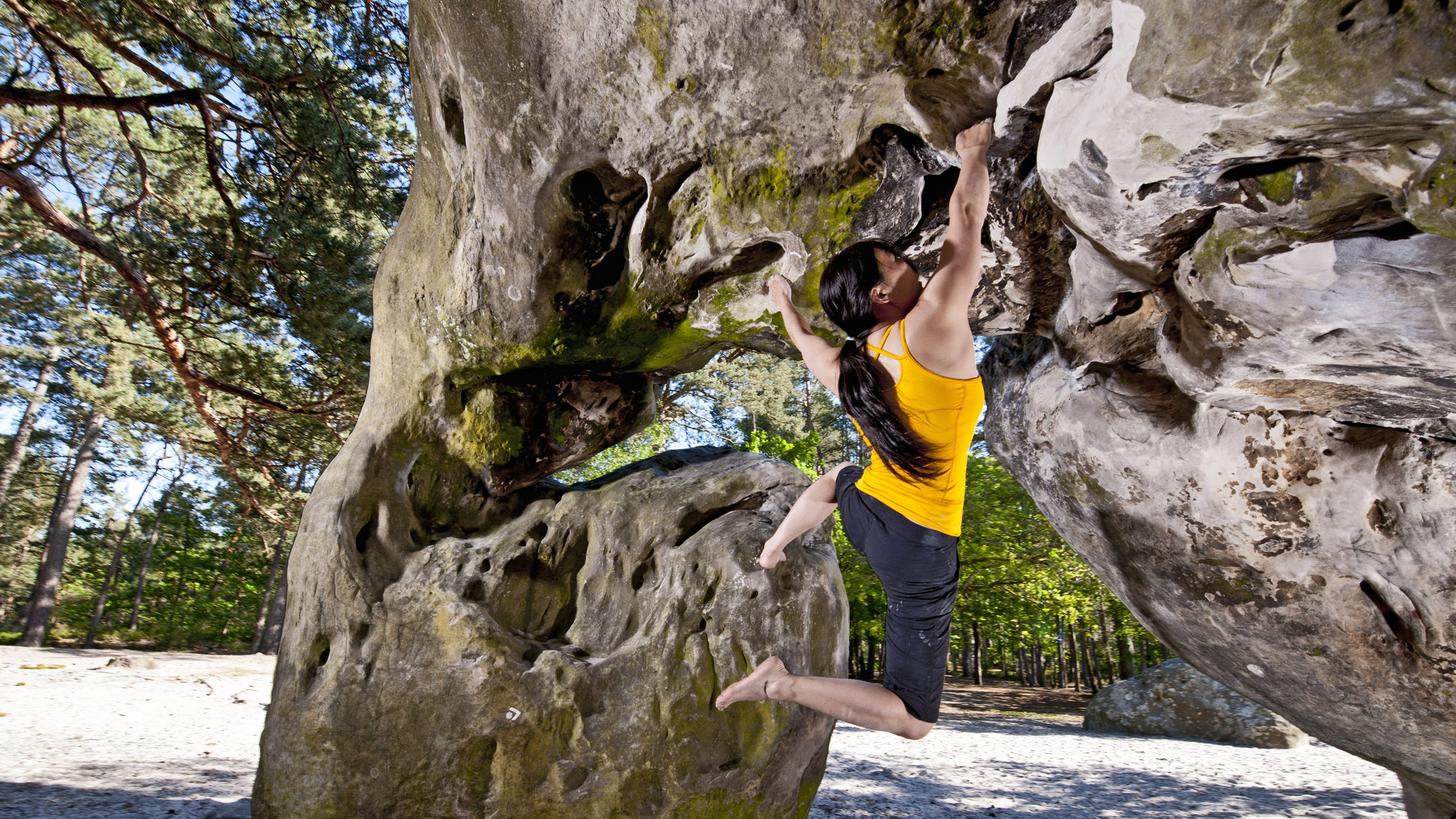
US V grades | French Fontainbleau system |
|---|---|
V0- | Font 3 |
V0 | Font 4 |
V0+ | Font 4+ |
V1 | Font 5 |
V2 | Font 5+ |
V3 | Font 6a / Font 6a+ |
V4 | Font 6b / Font 6b+ |
V5 | Font 6c / Font 6c+ |
V6 | Font 7a |
V7 | Font 7a+ |
V8 | Font 7b |
V9 | Font 7c |
V10 | Font 7c+ |
V11 | Font 8a |
V12 | Font 8a+ |
V13 | Font 8b |
V14 | Font 8b+ |
V15 | Font 8c |
V16 | Font 8c+ |
V17 | Font 9a |
Scrambling grades
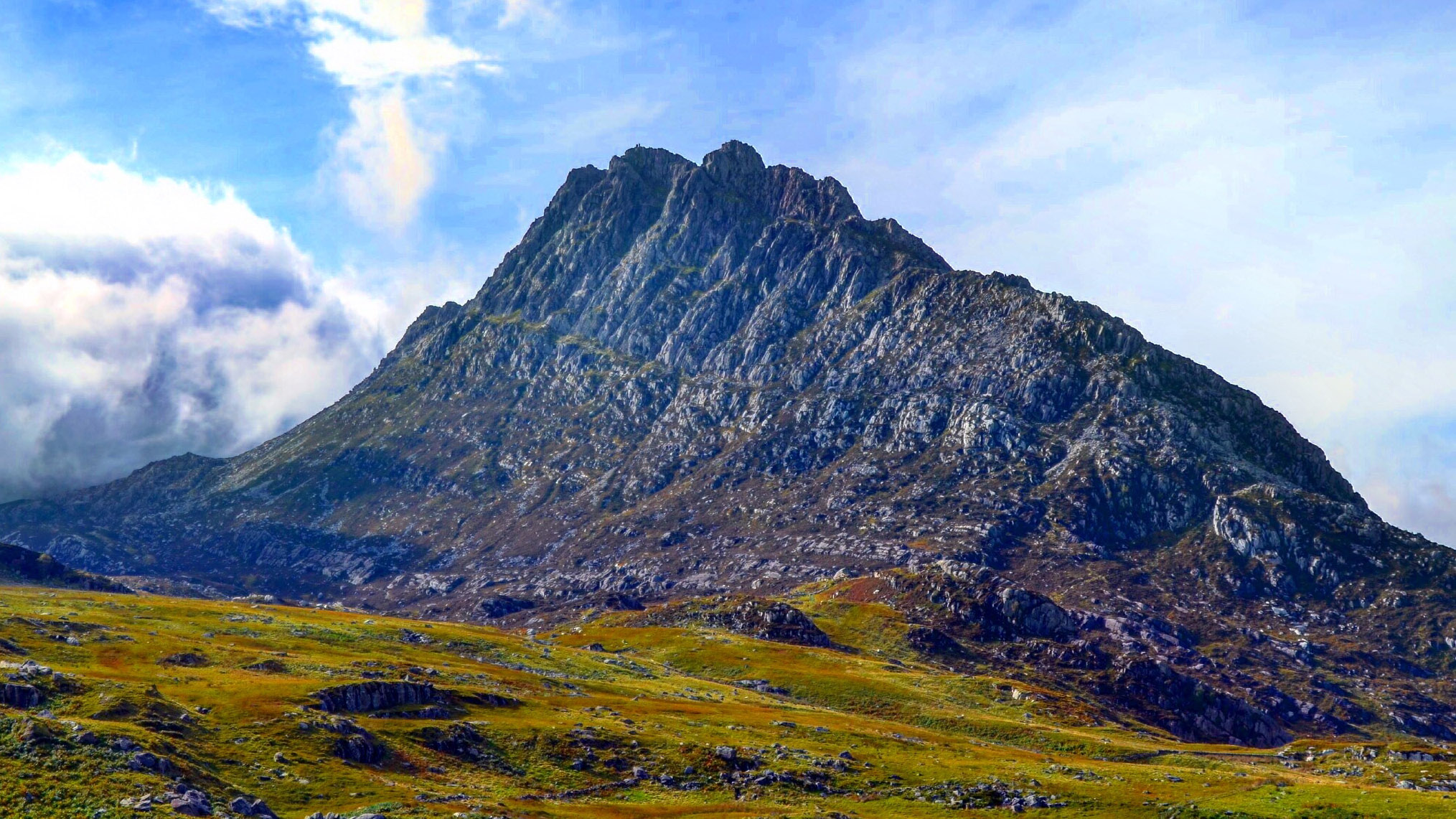
A scramble occupies the grey area between hiking and rock climbing. Basically, if you start to use your hands to help propel you upwards and onwards, you’re scrambling. It is an increasingly popular way to get around in the mountains, as many scrambles can be completed – in a relatively safe manner – without the need for ropes, a harness and a climbing rack. The pursuit is enjoyed by hikers and trail runners, while climbers will often scramble on the way to a more technical crag in their approach shoes. The nature of the terrain on a scramble can still feel pretty adventurous and “out there”, while there’s a terrific sense of freedom to its fast and light nature. You'll often set out with just the essentials in a small hydration pack, which is extremely liberating when compared to being weighed down by all the gear associated with traditional rock climbing.
UK scrambling grades range from Grade 1 to Grade 3, with 3 being the hardest and akin to moderate rock climbing. As we’ve already discovered, the US use the Yosemite Decimal System, which goes from 1 to 5 and describes everything from an easy walk (1) to technical rock climbing (5). Between these extremes lies the domain of the scramble. Hopefully this table will help you to make sense of it all…
US grade | UK grade | Description |
|---|---|---|
1 | Row 0 - Cell 1 | An easy walk where hands are not required. |
2 | 1 | A hike on more technical terrain, where hands are required for some moves. May involve tricky rock steps or exposed ridges. |
3 | 2 | Tougher and more sustained scrambling on technical terrain with some committing moves. A fall could lead to serious injury or in some cases be lethal. |
4 | 3 | Difficult and committing scrambling with some moves more akin to technical rock climbing in exposed positions. Most people would choose to use a rope and other climbing equipment. |
5 | Moves on to rock climbing grades | Technical rock climbing requiring the full use of climbing equipment. |
Dry tooling and mixed climbing
Dry tooling, a form of climbing where ice axes and crampons are used to ascend dry rock faces, shares its grading system with mixed climbing. Mixed climbing describes a form of climbing involving alternating sections of rock and ice, the kind of routes alpinists would expect to encounter.
The grades ascend numerically, starting with an M to signify the style and occasionally a plus sign to indicate nuances in difficulty. Comparing between mixed climbing grades and the Yosemite Decimal System and other standard rock climbing grades is difficult, as the variables are many. However, in 1996, American mountaineering legend and father of modern dry tooling, Jeff Lowe estimated that an M8 was equivalent to a 5.12 route.
A ‘D’ is often used to signify that a mixed climb was completely free of ice, therefore a pure ice tooling route. In 2010, in response to certain moves and equipment that took away from the challenge of dry tooling, French climbers introduced DTS: Dry Tooling Style. This indicates that the climb was done in a pure style.
The table below is taken from the Alpinist's Climbing Grade Comparison Chart guide.
Grade | Description |
|---|---|
M1 to M3 | Easy. Low angle; usually no tools. |
M4 | Slabby to vertical with some technical dry tooling. |
M5 | Some sustained vertical dry tooling. |
M6 | Vertical to overhanging with difficult dry tooling. |
M7 | Overhanging; powerful and technical dry tooling; less than 10m of hard climbing. |
M8 | Some nearly horizontal overhangs requiring very powerful and technical dry tooling; bouldery or longer cruxes than M7. |
M9 | Either continuously vertical or slightly overhanging with marginal or technical holds, or a juggy roof of 2 to 3 body lengths. |
M10 | At least 10 meters of horizontal rock or 30 meters of overhanging dry tooling with powerful moves and no rests. |
M11 | A ropelength of overhanging gymnastic climbing, or up to 15 meters of roof. |
M12 | M11 with bouldery, dynamic moves and tenuous technical holds. |
Alex is a freelance adventure writer and mountain leader with an insatiable passion for the mountains. A Cumbrian born and bred, his native English Lake District has a special place in his heart, though he is at least equally happy in North Wales, the Scottish Highlands or the European Alps. Through his hiking, mountaineering, climbing and trail running adventures, Alex aims to inspire others to get outdoors. He's the former President of the London Mountaineering Club, is training to become a winter mountain leader, looking to finally finish bagging all the Wainwright fells of the Lake District and is always keen to head to the 4,000-meter peaks of the Alps. www.alexfoxfield.com

